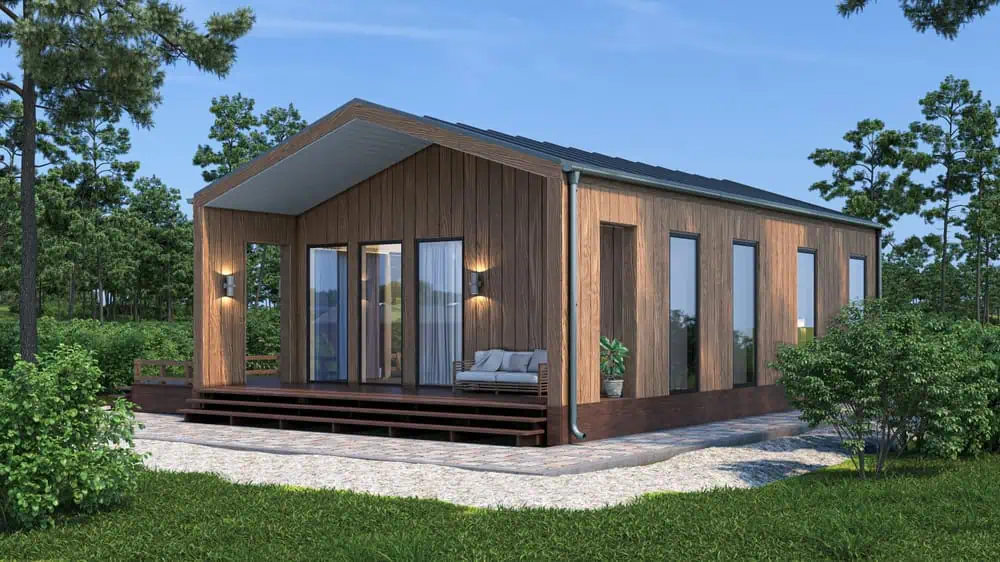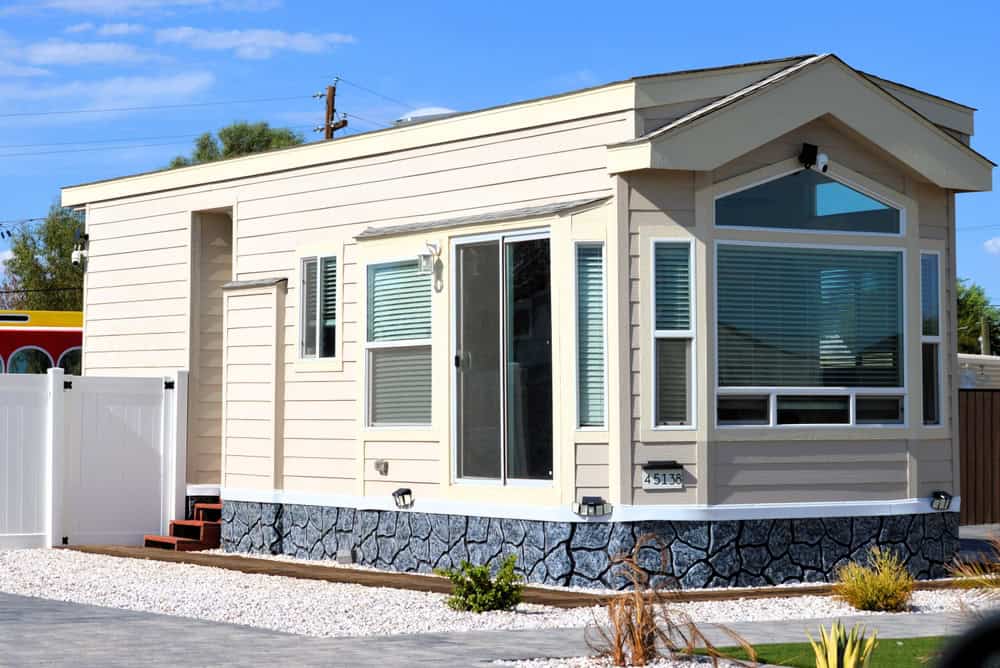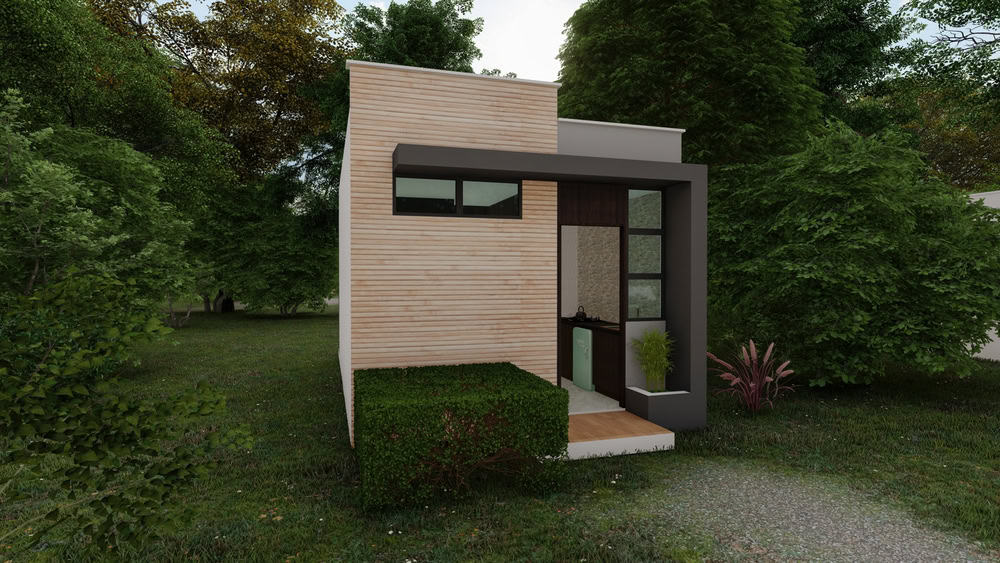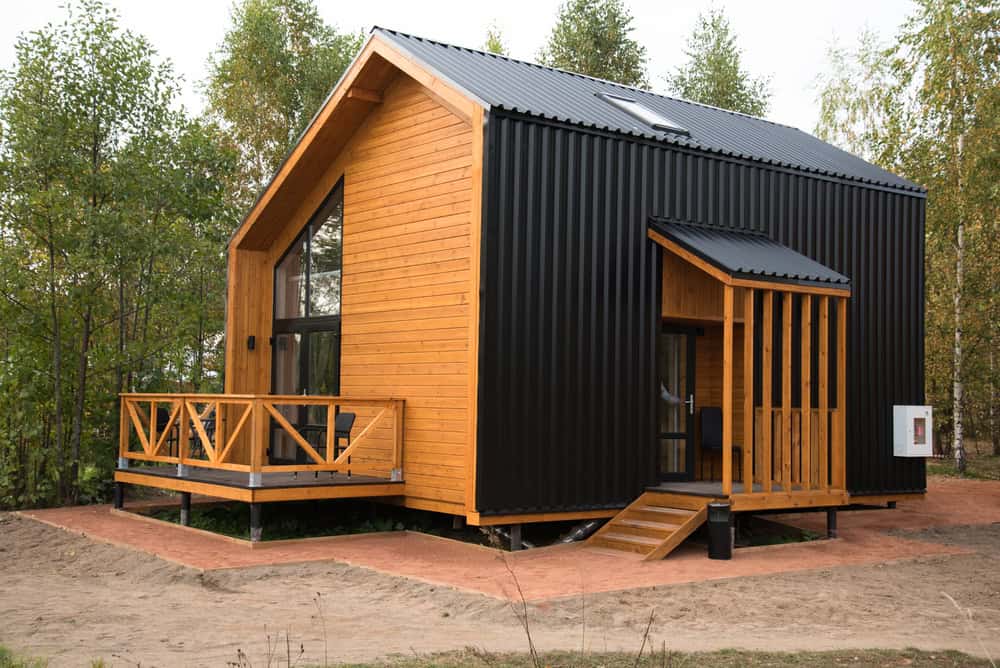ADU Contractors in Sausalito, CA
ADU Builders in Marin County
Looking to expand your living space? We specialize in creating custom ADUs that perfectly complement your Sausalito property.

- 24/7 Emergency Response
- Personalized Management Plans
- Fully Insured
- Passionate, Friendly Managers

Why Choose Us For ADU Construction in Sausalito?
We Are Your Answer. Here's Why
ADU Construction Company
Locally Serving Marin County, CA
Creekside Pro Construction is a leading ADU construction company in Sausalito, dedicated to crafting high-quality living spaces. We use durable materials like composite siding, weather-resistant framing, and energy-efficient windows to ensure your ADU is built to last. Our team of skilled builders pays close attention to every detail, from the foundation to the finishing touches.

ADU Building Process
Your ADU Journey in CA

Ready to get started?
View Our ADU Services
About Creekside Pro Construction
Contact us
ADU Builders Near Me
ADU Construction with Creekside Pro Construction in Marin County, CA
Creekside Pro Construction understands the growing demand for ADUs in Sausalito. Whether you envision a cozy guest suite, a home office, or a rental unit, we have the expertise to make it a reality. Our team is well-versed in local building codes and regulations, ensuring a smooth and compliant construction process. Contact Creekside Pro Construction at 925-445-7684 to discuss your ADU project today.

Sausalito was once the site of a Coast Miwok settlement known as Liwanelowa. The branch of the Coast Miwok living in this area were known as the Huimen (or as Nación de Uimen to the Spanish). Early explorers of the area described them as friendly and hospitable. According to Juan de Ayala, “To all these advantages must be added the best of all, which is that the heathen Indians of the port are so faithful in their friendship and so docile in their disposition that I was greatly pleased to receive them on board.” European settlers took advantage of the Huimen’s kindness and hospitality, and completely massacred them within the span of a few generations. As historian Jack Tracy has observed, “Their dwellings on the site of Sausalito were explored and mapped in 1907, nearly a century and a half later, by an archaeological survey. By that time, nothing was left of the culture of those who had first enjoyed the natural treasures of the bay. The life of the Coastal Miwoks had been reduced to archaeological remnants, as though thousands of years had passed since their existence.”
1781 Cañizares map of San Francisco BayThe first European known to visit the present-day location of Sausalito was Don José de Cañizares, on August 5, 1775. Cañizares was head of an advance party dispatched by longboat from the ship San Carlos, searching for a suitable anchorage for the larger vessel. The crew of the San Carlos came ashore soon after, reporting friendly natives and teeming populations of deer, elk, bear, sea lions, seals and otters. More significantly for maritime purposes, they reported an abundance of large, mature timber in the hills, a valuable commodity for shipwrights in need of raw materials for masts, braces and planking.
Despite these and later positive reports, the Spanish colonial government of Upper California did little to establish a presence in the area. When a military garrison (now the Presidio of San Francisco) and a Franciscan mission (Mission Dolores) were founded the following year, they were situated on the opposite, southern shore of the bay, where no portage was necessary for overland traffic to and from Monterey, the regional capitol. As a result, the far shore of the Golden Gate strait would remain largely wilderness for another half-century.
Learn more about Sausalito.Local Resources


